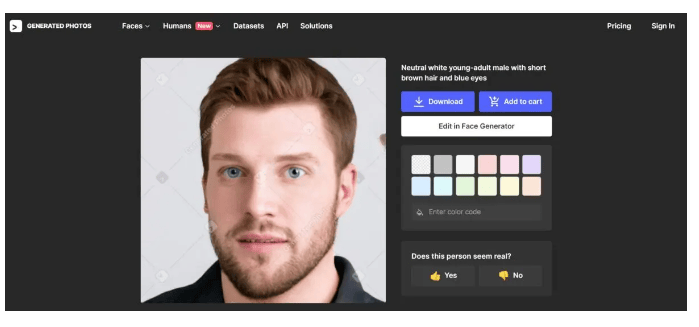“Augmented” Writing
Augmented writing tools continue stirring controversy across digital media, with Sports Illustrated becoming the latest publisher accused of disguising AI’s significant hand in article creation.
An exposé by Futurism revealed various Sports Illustrated contributors – like “Drew Ortiz” and “Sora Tanaka” – had phoney biographies paired with AI-generated headshots.
Their clunky prose covering topics like volleyball basics also exhibited the hallmarks of a bot-assisted copy.
Sources told Futurism that Arena Group, owner of the iconic sports title, intentionally obscured the AI’s involvement while publishing under the bogus reporter names.

The company strongly denied this claim but admitted licensing the dubious articles from an outside firm called AvDan Commerce.
The Complexities
Despite specifics, augmented writing poses complex attribution challenges as generative AI permeates content creation.
Trust concerns similarly scuppered highly publicized experiments at other outlets like Gannett and CNET.

Critics argue blurring AI’s role misleads readers into expecting human reporting and accountability – while tech limitations produce stories rife with inaccuracies.
A NewsGuard study identified dozens of outlets plagiarizing quality reporting through AI summation.
The Ethics
For publishers balancing innovation aims with ethics, Sports Illustrated’s imbroglio illustrates generative content’s lingering pitfalls despite rapid advances.
Transparency around AI’s evolving participation remains paramount amid fears that industries like sports journalism could face automation in the coming years.

The debacle leaves Arena Group boss Ross Levinsohn’s February pledge – that Sports Illustrated wouldn’t just “crank out AI content” – looking increasingly fraught.
As public scrutiny grows, media firms must thoughtfully chart an ethical path on assembled writing before time runs out.









